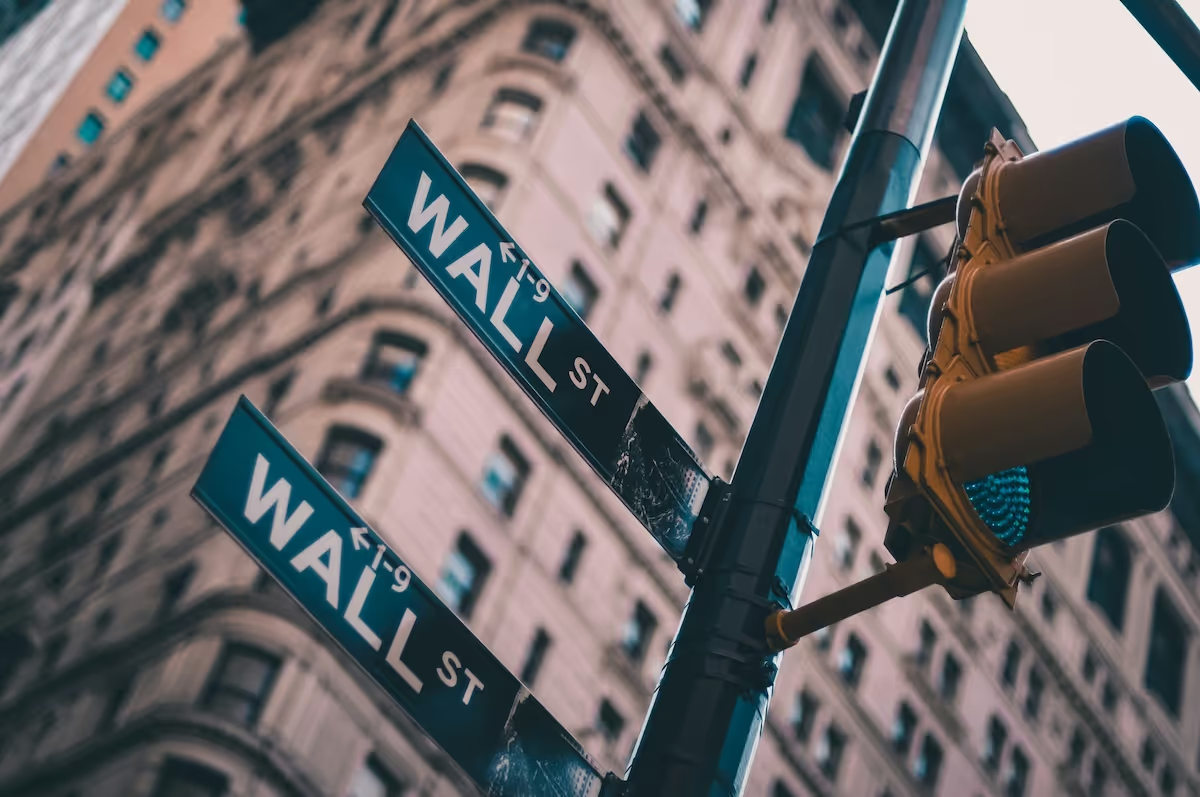BlackRock looking into the future: Larry Fink's forecast for the investment year 2025

The year 2025 has been very challenging in terms of economic policy and economics to date. In particular, global trouble spots and the radical tariff policy of US President Donald Trump are unsettling people around the world as well as the financial markets. But when we look at history, we see that there have been many crises — and yet there has always been a period of recovery and recovery. But what does this mean now for potential developments on the capital markets? Larry Fink, CEO of BlackRock, shares his highly regarded views on this in the “2025 Annual Chairman's Letter to Investors.” Find out what sometimes surprising advice the financial expert gives investors for the current year.
Fink's forecasts for 2023 and 2024
Larry Fink, founder, chairman of the supervisory board and CEO of the world's largest asset manager BlackRock, is a well-known figure in the international financial sector. For example, Fortune magazine called Fink the “most powerful man on Wall Street” in 2014. No wonder, BlackRock is considered with a assets under management of over eleven billion dollars as the largest financial empire in the world. That is why Finks's annual “Letter to Investors” introduced in 2012 is almost a must read in corporate circles, on the capital market and increasingly also for private investors.
And rightly so, because a look at the scenarios outlined by Larry Fink in his investor letters 2023 and 2024 reveals that the BlackRock boss could hit the mark with his assessments. In 2023, Fink warned, among other things, of growing protectionism that endangers globalization. Although it had created enormous wealth, many people in rich countries would not have benefited from it. He therefore called for a democratization of capital markets: More investors should have access to Private markets such as infrastructure investments and private loans (private debt) in order to achieve potentially higher returns and lower volatility in the portfolio.
In the past year, Fink's focus shifted to the global pension crisis. Traditional pension systems are overburdened, so private investments must be made available to more people. The central message from the BLACKROCK chairman was therefore two years in a row: Prosperity comes from participation — and private markets must be open to everyone. A goal that Fink also shares in his “Letter to Investors 2025” emphasizes.
Investors should be aware of these developments in 2025
Thanks in part to Trump, many people are concerned about their country's economic future and their own financial security. But according to Fink, the capital market system, which was created over 400 years ago, offers sustainable solutions. Since the Founding of the first stock exchange in Amsterdam 1602 Investing has evolved from an elitist practice to a wider social phenomenon. Today, around 60% of Americans own stocks, which enables them to participate in economic growth.
However, not everyone benefits equally. The democratization of markets should therefore be promoted. For example, by improving access to investments and involving new investors. BlackRock sees this as a central task, which, in addition to asset management, also includes topics such as retirement planning, private markets and the tokenization of assets.
His central theses for 2025 are therefore:
- Bitcoin threatens the US dollar
The BlackRock boss warns of US debt excesses and that the dollar could lose its status as the world's leading currency and safe haven on financial markets. “If the USA doesn't get its debt under control, if deficits continue to rise,” says Fink. Then there would even be a risk that digital currencies such as Bitcoin will outstrip the dollar as the world's most important reserve currency. Because decentralized finance “makes markets faster, cheaper and more transparent,” explained Fink.
- The 50-30-20 portfolio
In his letter, he also stressed that the traditional 60/40 portfolio of stocks and bonds may no longer be sufficient to diversify. Instead, the expert predicts that the new normal for portfolios could be 50/30/20, with 20 percent of investments going into private assets such as real estate, loans and infrastructure, in addition to stocks and bonds. Especially since, according to Fink, the global demand for infrastructure investments could reach around 68 trillion dollars by 2040. This change in diversification aims to make portfolios more resilient and attract investors To provide access to asset classes that were previously reserved for institutional investors.
- Private markets for the masses
Because traditionally, investments in private markets were only accessible to wealthy or institutional investors due to high minimum investment amounts and regulatory restrictions. Larry Fink stresses the importance of breaking down these barriers and giving private investors access to private debt, private equity investments and infrastructure projects. This could not only improve portfolio diversification, but also help close the pension gap and promote long-term financial security.
- Tokenization as a revolution for financial markets
This is made possible by tokenizing assets. Because thanks to the digitization of assets, transactions could become more efficient, transparent and accessible to a wider investor base. This would both simplify trading processes and increase liquidity and create new investment opportunities. In this context, Fink points out that in future, every asset — from stocks to bonds to funds — can be digitally represented. This shift towards tokenized assets has the potential to fundamentally change the investment sector.
Investors who, in accordance with BlackRock's advice, want to profit from tokenized assets such as collectibles, real estate or private market assets, are available FINEXITY marketplace open. Here, retail investors can flexibly purchase tradable, digital shares of assets starting at just 500 euros and thus diversify their portfolio and make it resilient to crises.



